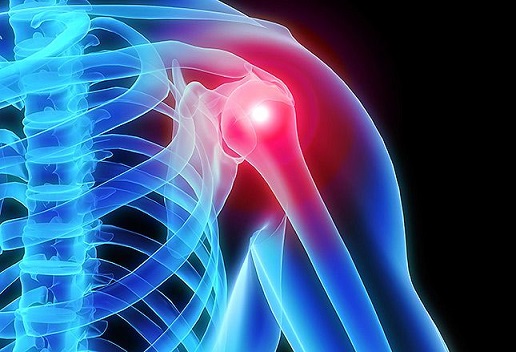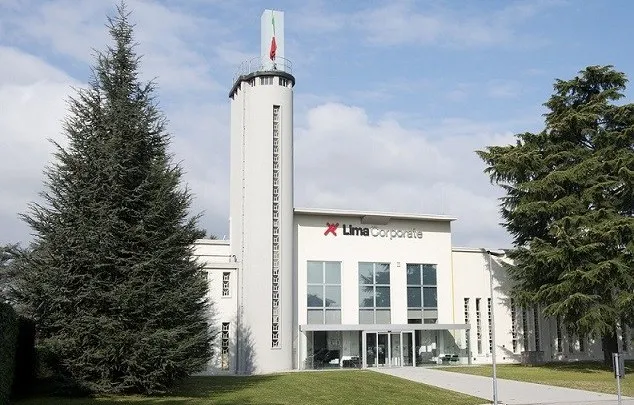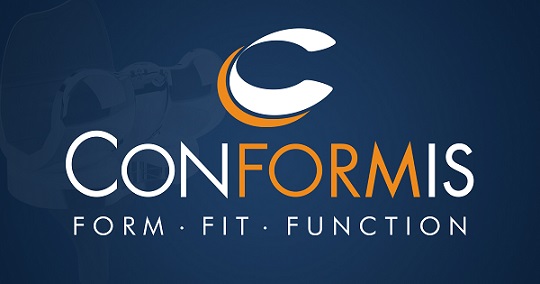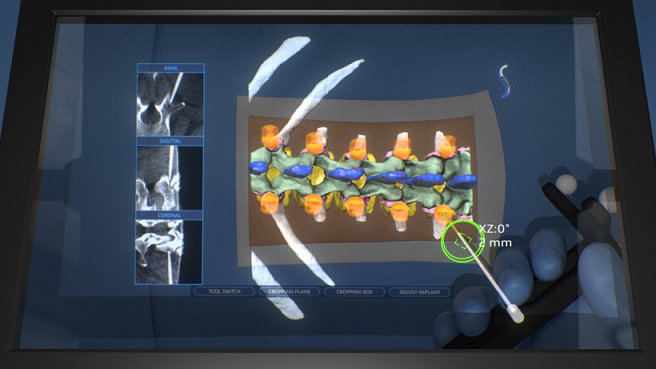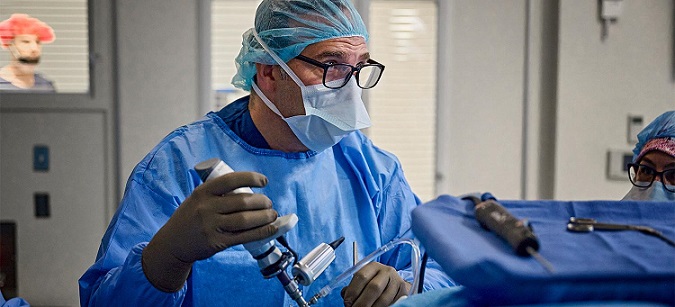Updated guideline offers the latest in evidence-based recommendations including considerations for skeletal maturity and activity level in patients with ACL injuries
ROSEMONT, Ill., Sept. 7, 2022 /PRNewswire/ — The American Academy of Orthopaedic Surgeons (AAOS) issued an update to the Clinical Practice Guideline (CPG) for Management of Anterior Cruciate Ligament (ACL) Injuries, which replaces the previous version released in 2014. This CPG provides updates to 12 of the 24 existing evidence-based recommendations and includes two new recommendations to treat patients, both skeletally mature and skeletally immature, who have been diagnosed with an ACL injury of the knee.
ACL tears are one of the most common knee injuries with 200,000 occurring each year in the United States1. Additionally, those who experience ACL injuries are at a higher risk for developing post-traumatic osteoarthritis (PTOA) later in life. With an increase of ACL injuries in younger patients, many of these patients now experience PTOA at an earlier age.
“Since 2014, we have better information about ACL injuries, treatment and outcomes,” said Kent Jason Lowry, MD, FAAOS, co-chair of the clinical practice guideline workgroup and member of the AAOS Committee on Evidence-Based Quality and Value. “These updates represent key learnings that are better understood through the recent literature and can serve as guidelines to care based on the specific patient and the situation. However, they also highlight gaps where more research is needed to evolve and further define the guidelines to help surgeons and their patients make evidence-based decisions.”
Certain recommendations in this edition were updated to account for the specificity and nuances related to skeletal maturity and activity level of the patient. Specifically, the committee recommends using an autograft instead of an allograft to improve patient outcomes and lower graft ruptures or revisions, particularly in young or active patients. The guidelines also include a moderate recommendation that when performing an ACL reconstruction with an autograft for skeletally mature patients, surgeons may favor the bone patellar bone as the tendon source to reduce the risk of graft failure or infection or the hamstring to reduce the risk of anterior or kneeling pain.
“While skeletal maturity and age are related, they are not the same,” explained Robert Brophy, MD, FAAOS, co-chair of the clinical practice guideline workgroup and member of the AAOS Committee on Evidence-Based Quality and Value. “Essentially, a patient reaches skeletal maturity when the vast majority, if not all, of their bony growth is complete around the joints in the body including the knee. There’s no doubt there are advantages to using autograft, particularly in younger and more active patients, factors which also play a role when selecting which autograft to use.”
The updated CPG features two new recommendations including:
- A strong strength recommendation favoring ACL reconstruction over repair due to a lower rate of revision surgery when compared to ACL repair.
- A moderate strength recommendation stating that in select patients Anterolateral Ligament/Lateral Extraarticular Tenodesis could be considered when performing hamstring autograft reconstruction to reduce graft failure and improve short-term function.
“The committee found strong evidence that reconstruction of a midsubstance tear – one of the most common types of ACL tears – has better outcomes over repair,” said Dr. Lowry. “The committee also updated the recommendation that ACL reconstruction can be considered in order to lower the risk of future meniscus pathology or procedures, especially in younger and/or more active patients as a way to protect the meniscus and articular cartilage to try to minimize the degree to which that knee has early problems down the road from PTOA or other complications.”
Additional updates to the recommendations and options from this CPG include:
- Surgical timing for treatment of an acute isolated ACL tear is now recommended within three months of the injury, reduced from five months as stated in the previous edition, as early reconstruction is preferred because the risk of additional cartilage and meniscal injury starts to increase within three months.
- Training programs designed to prevent injury can be used to reduce the risk of primary ACL injuries in athletes participating in high-risk sports.
- Functional evaluation, such as the “hop” test, may be considered as one factor to determine return to sport after ACL reconstruction.
“There’s still a lot to learn when it comes to optimizing the timing of intervention, rehabilitation, the ideal time to return to sport, and interventions to reduce risk of injury, both in people who have never had an ACL injury, as well as those who have already experienced it,” said Dr. Brophy. “The evidence in these areas of focus is still very much evolving and we look forward to following future research to provide orthopaedic surgeons and patients with continued guidance for patient care.”
Development of this CPG was a collaborative effort between representatives from the AAOS, American Orthopaedic Society for Sports Medicine, the Pediatric Orthopaedic Society of North America, the American Academy of Physical Medicine and Rehabilitation and the American College of Emergency Physicians.
CPGs are not meant to be stand-alone documents, but rather serve as a point of reference and educational tool for both healthcare professionals managing patients with ACL injuries and orthopaedic surgeons. CPGs recommend accepted approaches to treatment and/or diagnosis and are not intended to be a fixed protocol for treatment or diagnosis. Patient care and treatment should always be based on a clinician’s independent medical judgment, giving the individual patient’s specific clinical circumstances.
The full Clinical Practice Guideline for Management of Anterior Cruciate Ligament Injuries is intended for reference by orthopaedic surgeons and other physicians, and available through AAOS’ OrthoGuidelines website and free mobile app. For more information on the development process for AAOS clinical practice guidelines, please view the Clinical Practice Guideline Methodology.
About the AAOS
With more than 38,000 members, the American Academy of Orthopaedic Surgeons is the world’s largest medical association of musculoskeletal specialists. The AAOS is the trusted leader in advancing musculoskeletal health. It provides the highest quality, most comprehensive education to help orthopaedic surgeons and allied health professionals at every career level to best treat patients in their daily practices. The AAOS is the source for information on bone and joint conditions, treatments and related musculoskeletal health care issues and it leads the health care discussion on advancing quality.
Follow the AAOS on Facebook, Twitter, LinkedIn and Instagram.
1 Herzog MM, Marshall SW, Lund JL, Pate V, Mack CD, Spang JT. Trends in Incidence of ACL Reconstruction and Concomitant Procedures Among Commercially Insured Individuals in the United States, 2002-2014. Sports Health. 2018 Nov/Dec;10(6):523-31
SOURCE American Academy of Orthopaedic Surgeons


